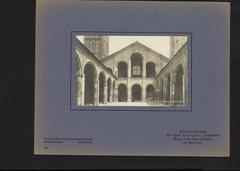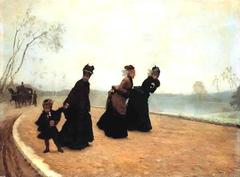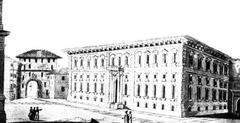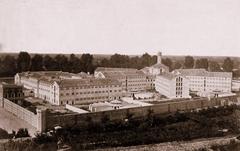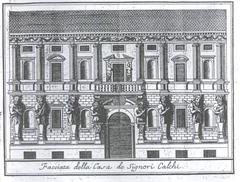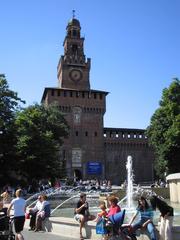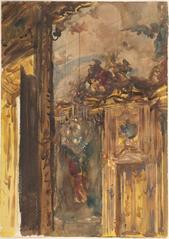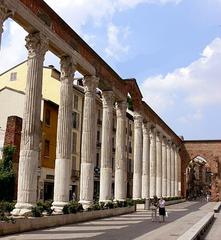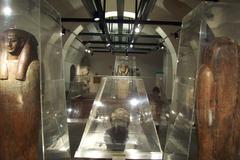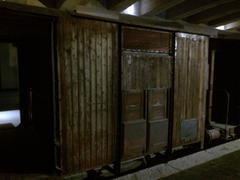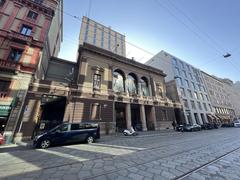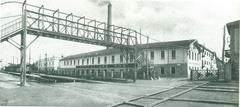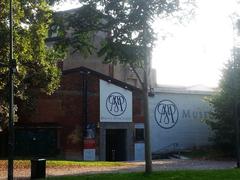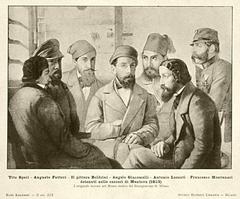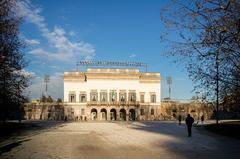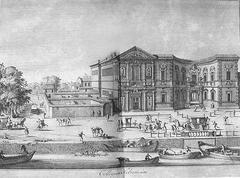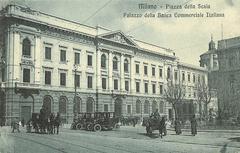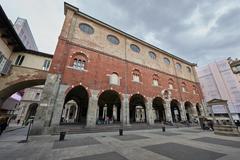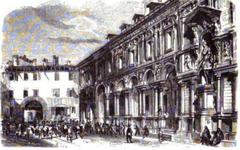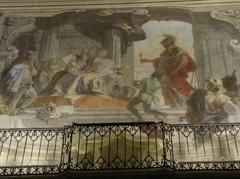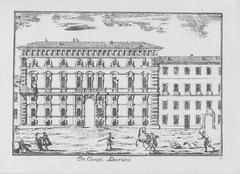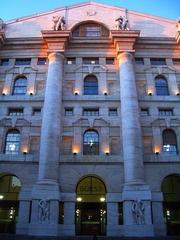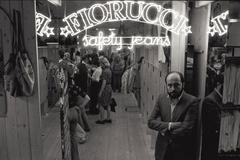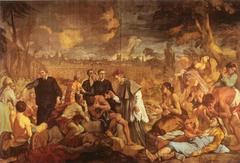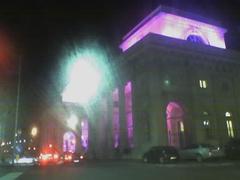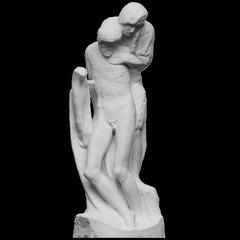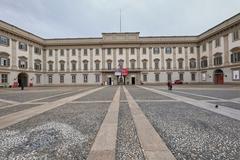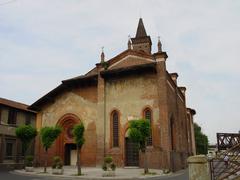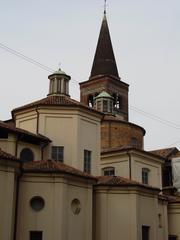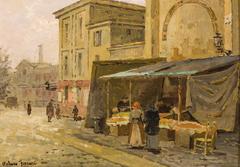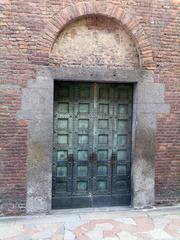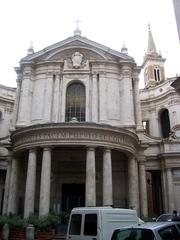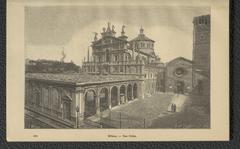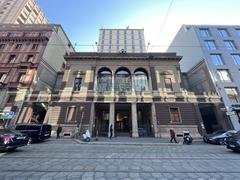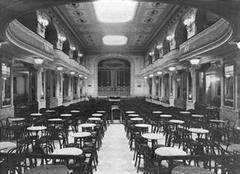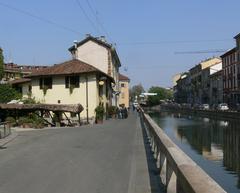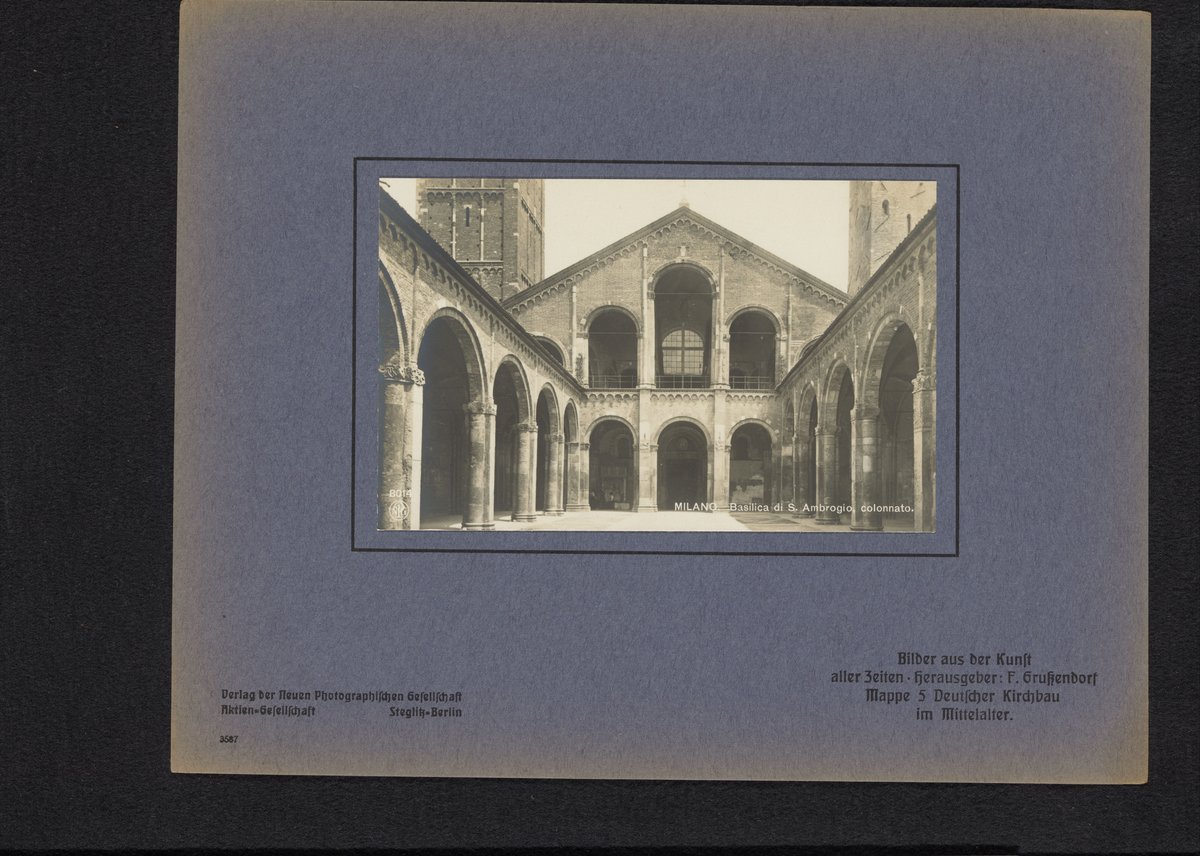
Visiting Basilica di Sant’Ambrogio: Hours, Tickets, and Tips
Date: 17/07/2024
Introduction
Discover the rich history and cultural significance of the Basilica di Sant’Ambrogio, one of Milan’s oldest and most revered churches. Founded by St. Ambrose in the 4th century, this basilica stands as a testament to Milan’s early Christian foundations and architectural grandeur. The Basilica di Sant’Ambrogio is a prime example of Romanesque architecture in Lombardy, featuring a nave with two aisles, a semicircular apse, and a quadriporticus. Over the centuries, it has undergone significant transformations, reflecting various architectural styles and periods (Basilica di Sant’Ambrogio Official Website). Visitors to the basilica can explore its historical roots, admire its artistic treasures, and experience its spiritual ambiance. This comprehensive guide provides everything you need to know about visiting the Basilica di Sant’Ambrogio, from its historical background and architectural significance to practical travel tips and visitor information.
Table of Contents
- Introduction
- Early Foundations and Construction
- Architectural Evolution
- Medieval Significance
- Renaissance and Baroque Periods
- Modern Restorations
- Artistic and Cultural Heritage
- The Crypt and Relics
- Influence on Milanese Identity
- Modern-Day Significance
- Visitor Information
- FAQ
- Conclusion
Early Foundations and Construction
The Basilica di Sant’Ambrogio traces its origins back to the 4th century. It was founded by St. Ambrose, the bishop of Milan, who played a pivotal role in the early Christian church. Initially constructed between 379 and 386 AD on the site of a Roman cemetery, it was dedicated to martyrs of Roman persecutions and originally known as the Basilica Martyrum.
Architectural Evolution
The basilica underwent significant architectural transformations over the centuries. The original structure was a simple, rectangular building. In the 9th century, under Archbishop Ansperto, it was rebuilt in the Romanesque style, characterized by semi-circular arches and robust structure. The distinctive twin bell towers, the Torre dei Monaci and the Torre dei Canonici, were added in the 9th and 12th centuries, respectively.
Medieval Significance
During the Middle Ages, the basilica became a central religious and cultural hub in Milan. It was closely associated with the Ambrosian Republic, a short-lived government in the 15th century, influencing both religious and civic life.
Renaissance and Baroque Periods
The 15th century brought frescoes and artworks by prominent artists, including a notable pulpit by Bramante. The Baroque period added elaborate altars and chapels, enhancing the basilica’s artistic richness.
Modern Restorations
The basilica has undergone several restorations, particularly in the 19th and 20th centuries, to repair natural wear and World War II damage. Post-war efforts focused on reconstructing damaged parts while preserving Romanesque elements.
Artistic and Cultural Heritage
The basilica houses artistic treasures like the Golden Altar by Volvinio and the Sarcophagus of Stilicho. These masterpieces reflect its long and rich history.
The Crypt and Relics
The crypt houses relics of St. Ambrose and martyrs Gervasius and Protasius, making it an important pilgrimage site. It also contains remains of other notable figures from Milan’s history.
Influence on Milanese Identity
The basilica has shaped Milan’s identity, symbolizing its Christian heritage and resilience. It remains a focal point for religious and cultural events, celebrating St. Ambrose’s legacy.
Modern-Day Significance
Today, the basilica is an active place of worship, hosting regular services and attracting tourists. It is included in heritage programs to preserve its legacy for future generations.
Visitor Information
- Visiting Hours: The basilica is open daily from 10:00 AM to 12:00 PM and from 2:30 PM to 6:00 PM. Check the official website for any changes in timings.
- Tickets: Entry is free, but donations are welcome. Special guided tours may have a fee.
- Travel Tips: Wear comfortable shoes, as the basilica grounds are extensive. Photography is allowed, but flash is prohibited to protect artworks.
- Nearby Attractions: The basilica is close to other historical sites like the Cathedral of Milan and Sforza Castle. Plan a day to explore the area.
- Special Events: The basilica hosts special events and religious ceremonies throughout the year. Check the schedule on the official website.
FAQ
Q: What are the visiting hours for the Basilica di Sant’Ambrogio? A: The basilica is open daily from 10:00 AM to 12:00 PM and from 2:30 PM to 6:00 PM.
Q: How much do tickets cost? A: Entry is free, but special guided tours may have a fee.
Q: Can I take photographs inside the basilica? A: Yes, but flash photography is prohibited.
Q: What are the nearby attractions to the Basilica di Sant’Ambrogio? A: Nearby attractions include the Leonardo da Vinci National Museum of Science and Technology and the Church of Santa Maria delle Grazie.
Q: Is the Basilica di Sant’Ambrogio accessible for visitors with disabilities? A: Yes, the basilica is wheelchair accessible, with ramps and elevators available.
Conclusion
The Basilica di Sant’Ambrogio stands as a monument to Milan’s rich historical and cultural heritage. Whether you’re a history enthusiast or a casual traveler, a visit to this basilica offers a unique glimpse into the city’s past. For more detailed information, visit the official Basilica di Sant’Ambrogio website. For more travel tips and updates, download our mobile app Audiala, check out our other related posts, and follow us on social media.
